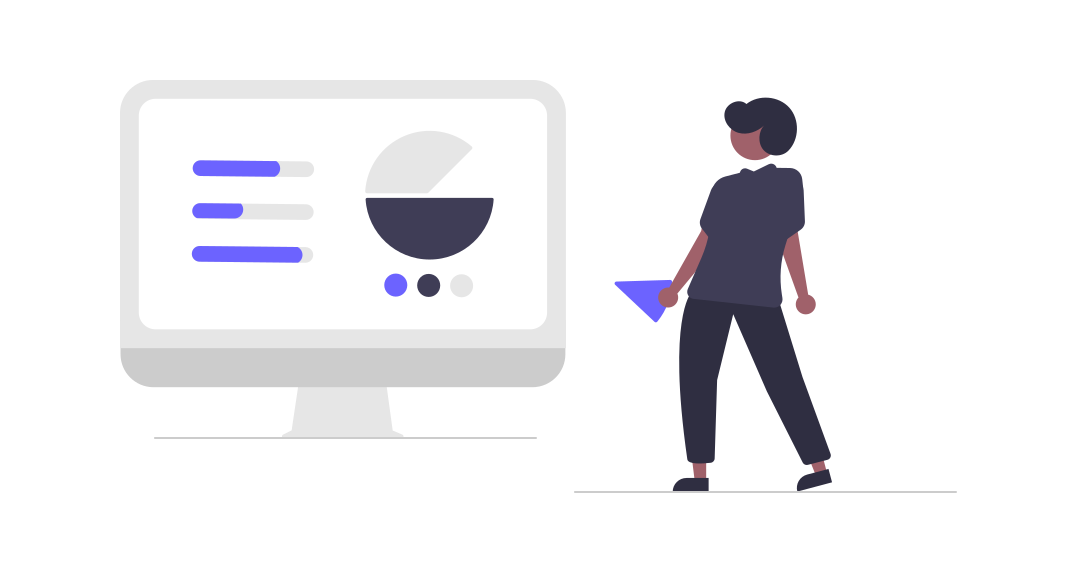In the dynamic world of marketing, the ability to precisely segment and target customers is crucial for the success of any campaign. Traditional methods of customer segmentation and targeting often fall short, unable to keep pace with the rapidly changing behaviors and preferences of consumers. This is where Artificial Intelligence (AI) steps in, offering a revolutionary approach to enhance precision in customer segmentation and targeting.
Understanding Customer Segmentation and Targeting
Customer segmentation involves dividing a customer base into distinct groups based on various criteria such as demographics, behavior, and preferences. Targeting, on the other hand, involves crafting personalized marketing messages and strategies for these specific segments to maximize engagement and conversion rates.
The Limitations of Traditional Methods
Traditional segmentation methods rely heavily on manual data analysis and predefined criteria. While these methods have been effective to some extent, they often lack the granularity and adaptability needed to address the complexities of modern consumer behavior. Factors such as evolving preferences, multi-channel interactions, and the sheer volume of data present significant challenges for marketers relying on traditional approaches.
How AI Enhances Precision
AI leverages advanced algorithms and machine learning techniques to analyze vast amounts of data, identifying patterns and insights that are often missed by human analysts. Here’s how AI transforms customer segmentation and targeting:
1. Data Integration and Analysis
AI can integrate data from multiple sources, including CRM systems, social media, website interactions, and purchase histories. By analyzing this data, AI creates a comprehensive view of each customer, enabling more accurate segmentation. Unlike traditional methods that might overlook subtle patterns, AI can detect intricate correlations and trends within the data.
2. Behavioral Segmentation
One of the most powerful aspects of AI is its ability to perform behavioral segmentation. By analyzing customer interactions across various touchpoints, AI identifies behavioral patterns that indicate specific preferences and buying habits. This enables marketers to create segments based on actual behavior rather than relying solely on demographic data.
3. Predictive Analytics
AI-driven predictive analytics can forecast future behaviors and trends, allowing marketers to anticipate customer needs and preferences. By understanding which customers are likely to make a purchase, churn, or engage with a specific type of content, marketers can tailor their strategies to target these individuals more effectively.
4. Real-Time Segmentation
Traditional segmentation processes can be time-consuming, often resulting in outdated segments. AI, however, can process data in real-time, continuously updating segments as new information becomes available. This ensures that marketing strategies are always aligned with the current state of the customer base.
5. Hyper-Personalization
AI enables hyper-personalization by creating highly targeted campaigns for individual customers. By analyzing data points such as browsing history, purchase behavior, and social media activity, AI can deliver personalized content and offers that resonate with each customer on a personal level.
6. Enhanced Customer Journey Mapping
AI helps in creating detailed customer journey maps, identifying the various stages and touchpoints a customer goes through before making a purchase. This enables marketers to tailor their messages and offers at each stage of the journey, enhancing the overall customer experience and increasing the likelihood of conversion.
The Benefits of AI-Enhanced Segmentation and Targeting
Increased Engagement
By delivering highly relevant and personalized content, AI-enhanced segmentation and targeting significantly increase customer engagement. Customers are more likely to respond positively to messages that resonate with their specific needs and preferences.
Improved ROI
Targeted marketing campaigns are more cost-effective, as they focus resources on the most promising segments. This leads to higher conversion rates and a better return on investment (ROI) for marketing efforts.
Enhanced Customer Loyalty
Personalized marketing fosters a deeper connection between the brand and the customer, enhancing customer loyalty. When customers feel understood and valued, they are more likely to remain loyal to the brand and make repeat purchases.
Data-Driven Decision Making
AI provides marketers with actionable insights derived from data, enabling informed decision-making. By understanding what works and what doesn’t, marketers can continuously refine their strategies for better results.
Conclusion
AI is revolutionizing customer segmentation and targeting by enhancing precision and enabling marketers to deliver personalized, relevant, and timely messages. By leveraging AI, businesses can better understand their customers, anticipate their needs, and engage them more effectively. As AI technology continues to evolve, its impact on customer segmentation and targeting will only grow, driving more successful marketing campaigns and fostering stronger customer relationships.


